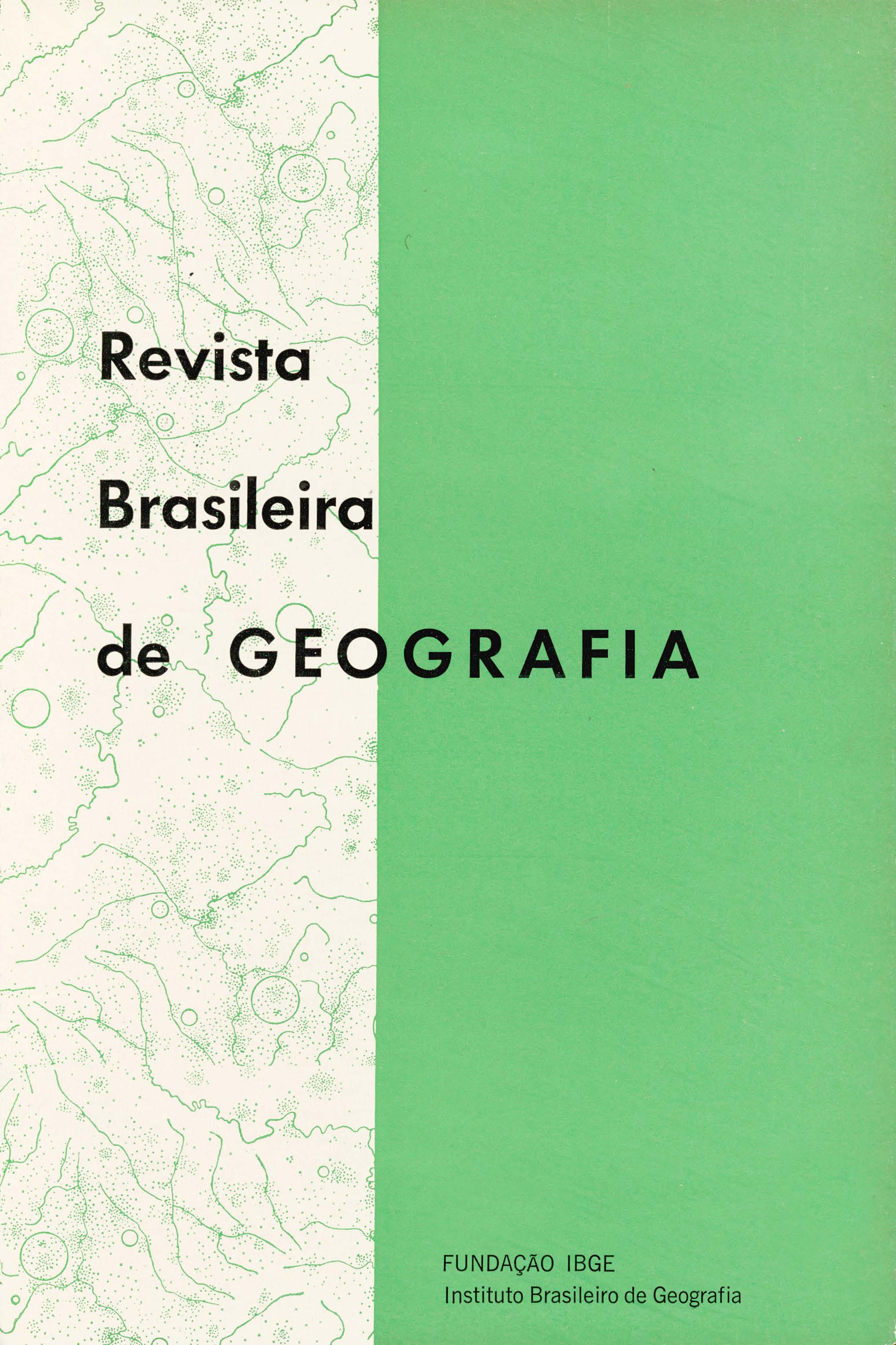Um Modelo metodológico de classificação de climas
Palavras-chave:
Climatologia, Classificação climáticaResumo
The concept of model to which this work refers is due chiefly to Skilling (1964). He maintains that a model can be a theory, a law, an hypothesis, a structured idea, a synthesis cf data, or it can include arguments about the real world by means of translations In the space (spatial models) or in the time (historical models).
The models result from the necessity of idealization. In fact, the traditional reaction of the man to the apparent complexity which surrounds him has been to make to himself a simplified and intelligible picture of the universe. For this, the mind decomposes the real world In a series of simplified systems, attaining, in just one act, "a vision of the essential characteristics of a domain”. The mind needs to see the system in contrast with all the other systems. Therefore, the separation of this system from the others becomes more complete than it really is. The system is seen under a certain scale, in such a way that very microscopical every global details become unimportant and are thrown away.
The system is known or is controlled within a certain limit of approximation and the effects which don't attain such levels are despised. At last, it is studied with a specific aim: everything which doesn't affect this aim is eliminated (Apostel, 1961). According to this concept, the reality exist as a limited and standardized connection (Meadows, 1957). The simplified affirmations of this structural interdependence are called "models". Thus, a model is a simplified structure of the reality which hypothetically presents characteristics or relationships in a generalized way. The models are highly subjective approximations because they don't include all the associated observations and measurements which are important to hide secondary details and to allow the emergence of the fundamental aspects of the reality.
The selectivity means that the models are different from the reality because, in fact, the!' are approximations of that reality. A model must be very simple for the users to manipulate and to understand it; it must be very representative in the total scope of the implications it may have, although very complex to precisely represent the system in question (Choraras, 1965). This selectivity also means that the models have variable degrees of probability and a limited scope of conditions on which they can be applied. The more successful models have a high probability of application. Nevertheless, even these models need a constant improvement, which will probably imply in the construction of a different model as new information or perspectives of the reality arise.






